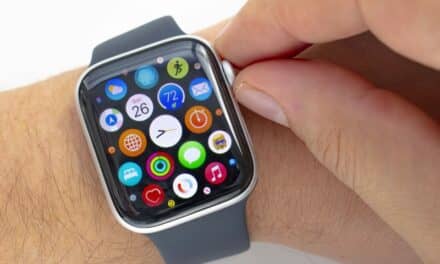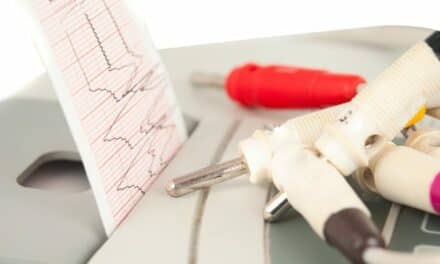RhythMedix, a provider in remote cardiac monitoring and proprietary arrhythmia detection algorithms, has expanded modalities for its RhythmStar System.
The addition of long-term continuous electrocardiogram (ECG) monitoring up to 14 days aims to provide clinicians with a complete and flexible cardiac monitoring solution, with rapid report turnaround in less than 48 hours, to address a diverse range of patient needs.
“We are especially pleased to launch expanded capabilities so close to National AFib Awareness Month. Early arrhythmia detection is critical. RhythMedix is committed to transforming and simplifying the diagnostic pathway to enable faster diagnosis, without missing a beat,” says Brian Pike, president, of RhythMedix. “We’ve monitored over 1 million patients and look forward to accelerating adoption of our innovative remote cardiac monitoring solution to reach even more patients.”
RhythmStar instantly transfers data wirelessly to enable faster ECG analysis with rapid report turnaround, so that care providers receive diagnostic reporting weeks faster than with mail back data retrieval methods.
The RhythmStar platform fits into clinical practice and its interoperability support easily integrates with electronic medical record (EMR) systems. In addition to the new Extended Wear Holter option, RhythMedix offers multiple modalities including mobile cardiac telemetry.
Heart arrhythmias are a major health concern and double the risk of death in an estimated 37.5 million people worldwide. Atrial fibrillation (AFib) is the most frequent cardiac arrhythmia and a major risk factor for ischemic stroke.1,2 While remote cardiac monitoring has improved arrhythmia detection, patient compliance and timely access to heart activity remain a challenge with currently available competitive monitoring technologies.
Since the launch of its next-generation RhythmStar System last year, the company says it is experiencing tremendous near 30% year-over-year growth and has more than doubled adoption of its platform by cardiologists, electrophysiologists, and healthcare systems across the United States.
References
1 https://www.ajconline.org/article/S0002-9149(98)00583-9/fulltext
2 https://journals.sagepub.com/doi/10.1177/1747493019897870





